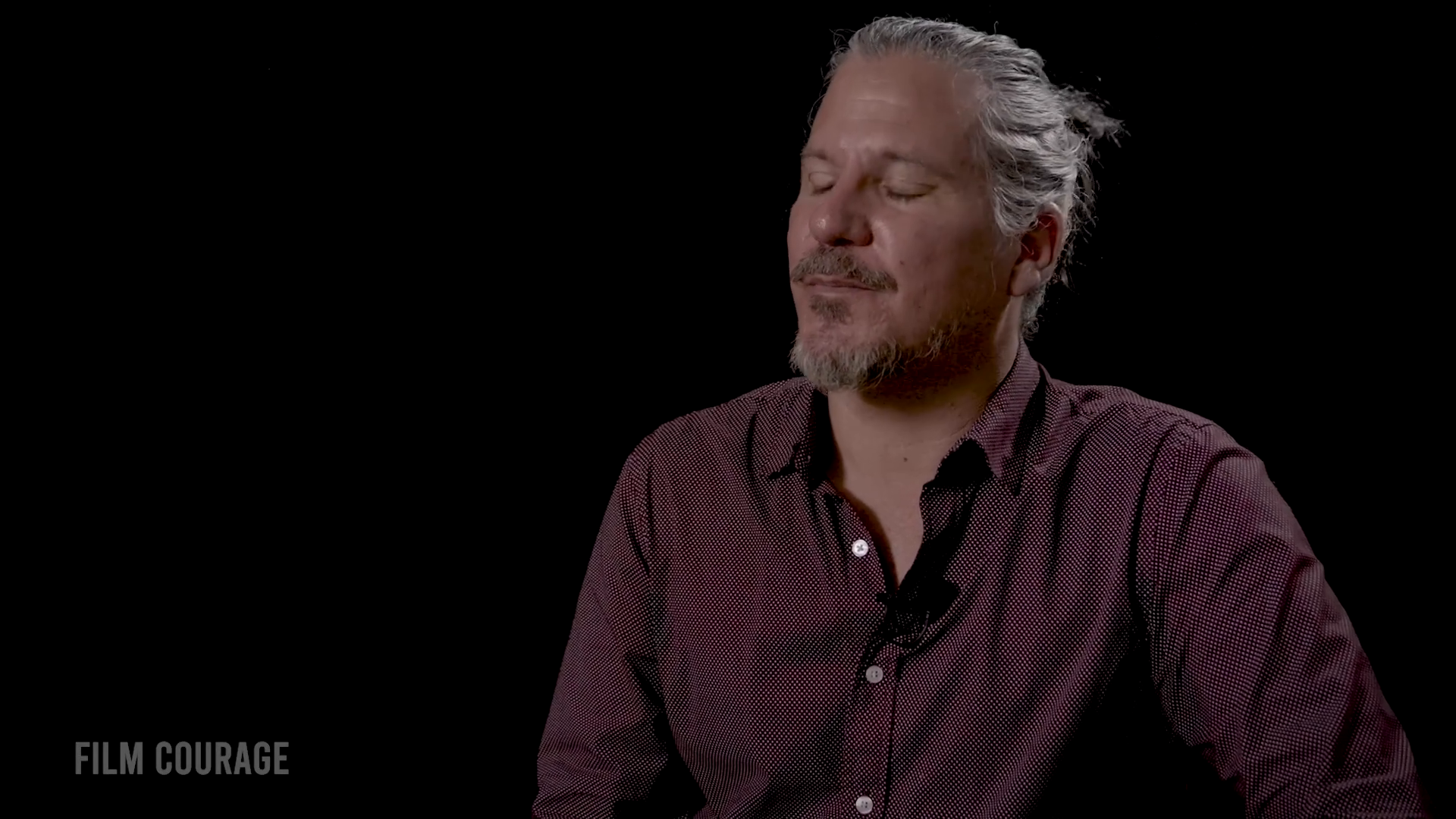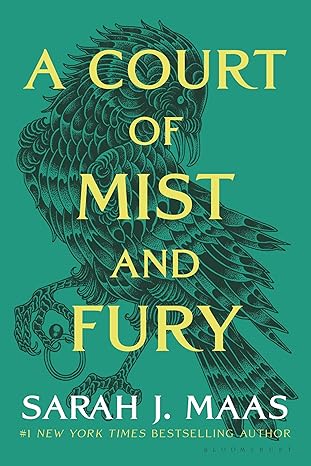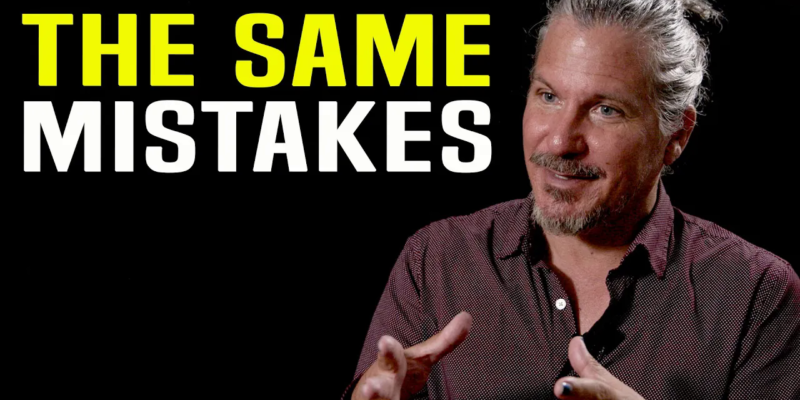
Common Mistakes in Screenwriting: Insights from an Expert
Introduction to Common Screenwriting Mistakes
In the world of screenwriting, understanding the common pitfalls that many students encounter is crucial for developing strong writing skills. This section introduces some of the frequent mistakes observed in screenwriting classes, particularly those taught by experienced instructors.
What are some of the mistakes you see students make over and over again?
The focus here is on recognizing that screenwriting is fundamentally about writing, not directing. This distinction is essential for aspiring screenwriters to grasp as they hone their craft. The insights shared in this section are drawn from the experiences of teaching screenwriting at the MFA level, providing valuable lessons for both new and seasoned writers.

The Importance of Specificity in Screenwriting
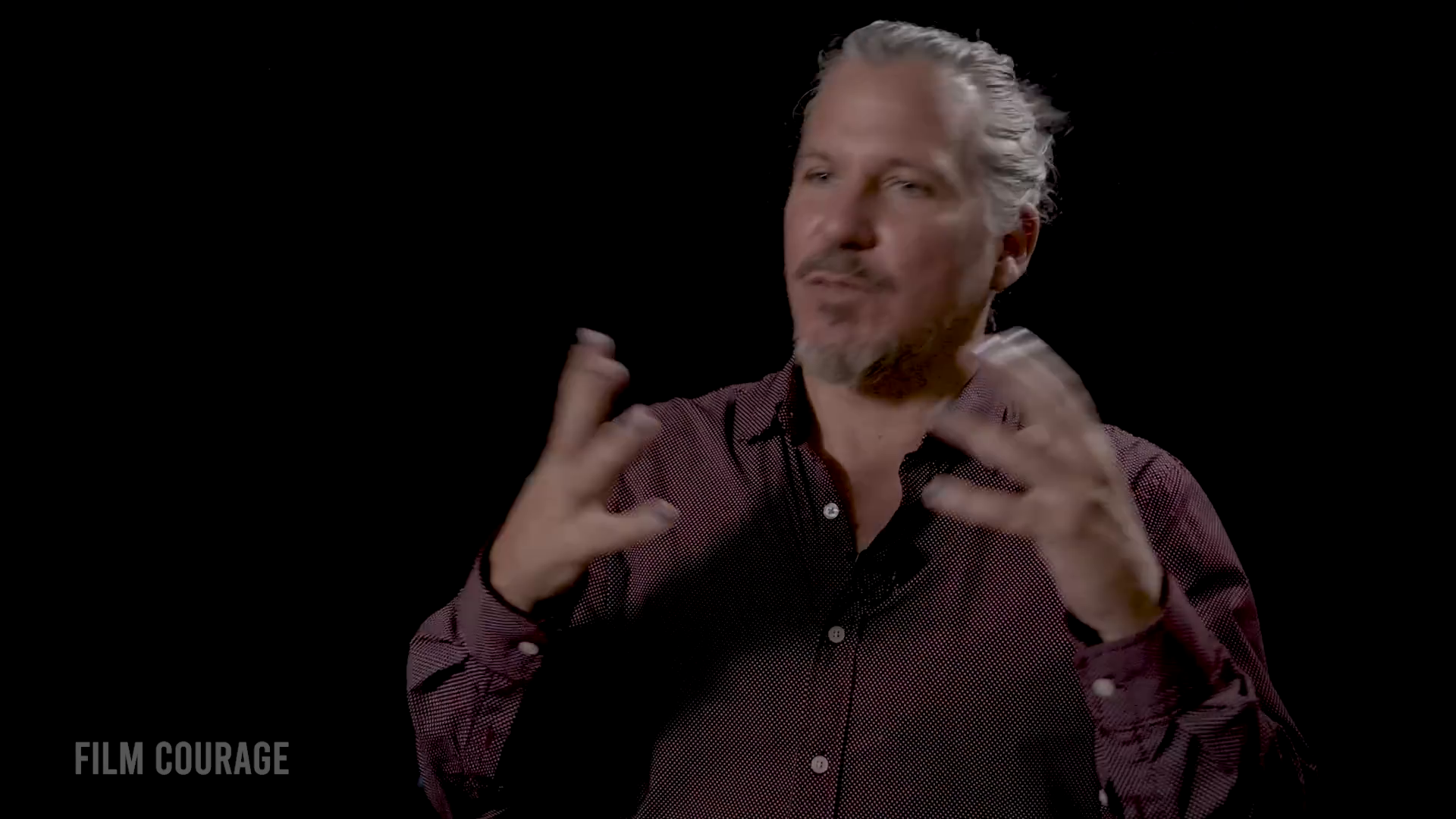
Specificity in screenwriting is crucial for effectively conveying the writer’s vision to the production team and ultimately to the audience. A common mistake among screenwriters, especially beginners, is the use of vague descriptions. For instance, simply writing “exterior, house, day” leaves too much to the imagination. The reader needs to know what kind of house it is—a mansion, a suburban home, or a ramshackle building. This specificity helps location scouts and other team members understand the writer’s vision.
“There’s no such thing as a house.”
Similarly, describing a character as “a man walks down the street” is insufficient. The writer should provide details that paint a clearer picture, such as “a tall man with a determined stride.” This level of detail helps casting directors and actors bring the character to life as intended.
“Be specific without overwriting.”
However, it’s important to strike a balance. Overwriting can bog down the script with unnecessary details. Instead, writers should aim to activate the “camera in the reader’s brain” with concise yet vivid descriptions. This approach ensures that the production team can accurately interpret and visualize the script, leading to a more cohesive and effective storytelling process.
The Order of Information: How We Read and See
The order that we read is the order that we see.
In screenwriting, the sequence in which information is presented is crucial. The way words are arranged on the page directly influences how readers visualize the scene. This concept is often emphasized to students, highlighting the importance of clarity and precision in writing.
Consider a scene where Frank is sitting in a lounge. If the script states, “Frank sits in the lounge eating his breakfast. The telephone rings. He picks it up,” and then suddenly introduces a character named Dorothy with dialogue, it can confuse the reader. Without prior mention of Dorothy’s presence, her sudden appearance disrupts the flow. To maintain clarity, the script should establish her presence early, such as “Frank sits at the table. Dorothy next to him.”
This principle can be applied to more dynamic scenes as well. For example, in a market scene, the order of actions can change the reader’s perception. Describing an orange rolling on the ground before introducing Frank creates a different visual sequence than starting with Frank walking through the market.
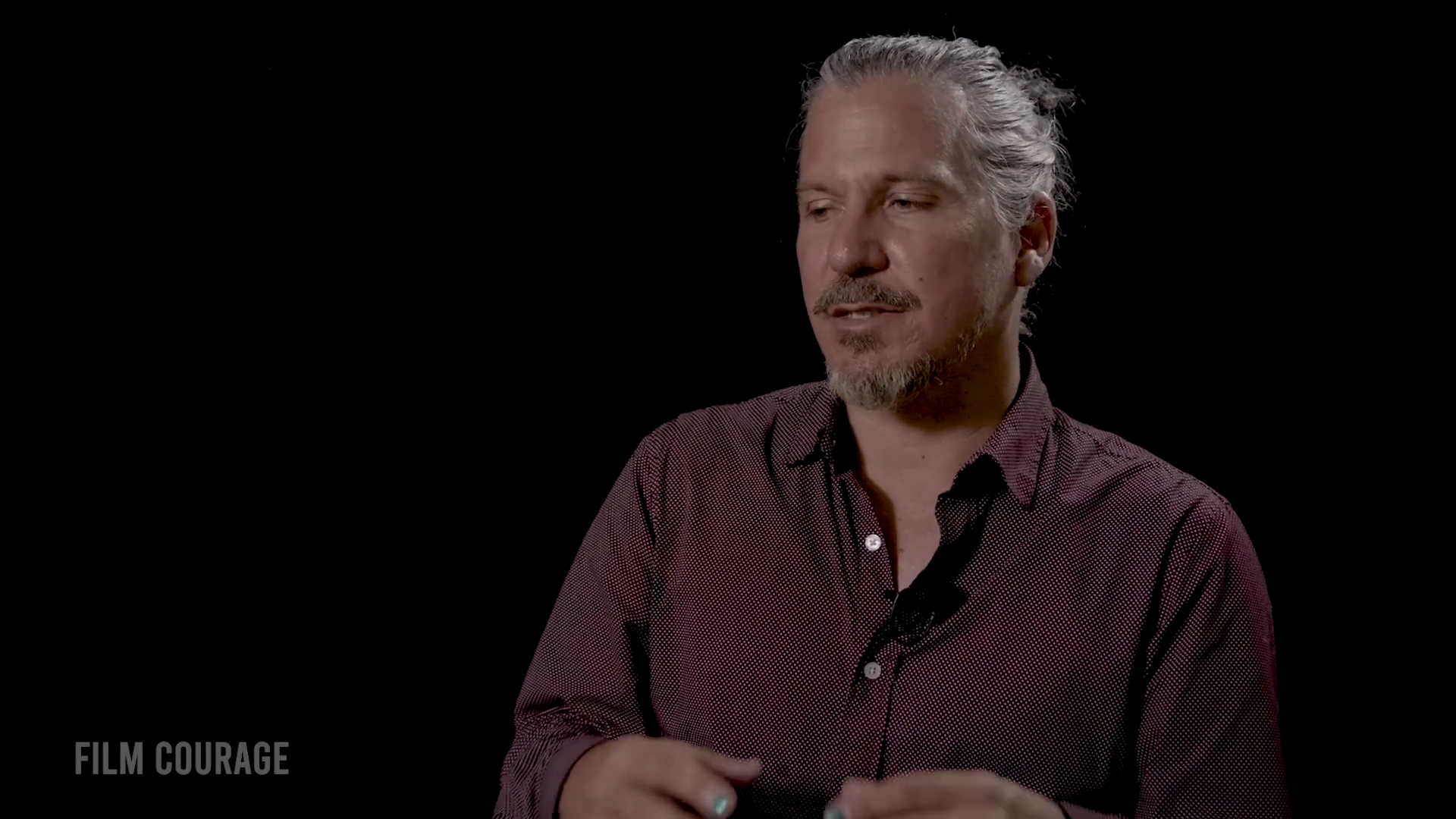
The power of this technique lies in its ability to direct the reader’s mental “camera.” By carefully choosing the order of words, writers can effectively guide the reader’s imagination, creating vivid and engaging scenes without resorting to technical film language like “close-up” or “wide shot.”
However, writers must balance this with brevity. Overwriting can lead to cumbersome scripts that lose the reader’s interest. The goal is to use clean, clear, and precise language, occasionally adding a flourish to enhance the story. This approach helps translate the vivid scenes in a writer’s mind onto the page, ensuring that the reader experiences the intended vision.
Avoiding Overwriting and Symbolism Pitfalls
Overwriting and the misuse of symbolism are common pitfalls in screenwriting, especially for those who are passionate about words and literary devices. The tendency to overwrite often stems from a love of language, leading to scripts that are overly descriptive or “flowery.” This can detract from the clarity and engagement of the screenplay, as the audience may not be taken into consideration as much as they should be.
I think probably overwriting to an extent because I love words so much.
Another significant challenge is the over-reliance on symbolism. While symbols can add depth and meaning to a story, they should not overshadow the narrative itself. In novels, symbolism often carries substantial weight, but in screenplays, it should serve the story rather than dominate it. The expectation that audiences will automatically grasp the symbolic meanings can lead to confusion and disengagement.
I was too heavily reliant upon symbols and symbolism without still making sure that the audience was engaged.
Personal experiences from early screenwriting days highlight these challenges. The initial scripts, now thankfully lost, were marked by a misunderstanding of how symbolism should function in film. Unlike novels, where every element can be laden with meaning, screenplays require a balance that hits the audience emotionally rather than intellectually.
The example of David Lynch’s work, such as “Twin Peaks: The Return,” illustrates how symbolism can be effectively integrated without losing the audience. Lynch uses symbols like red rooms and jagged lines, but he ensures that the story remains engaging and accessible.
